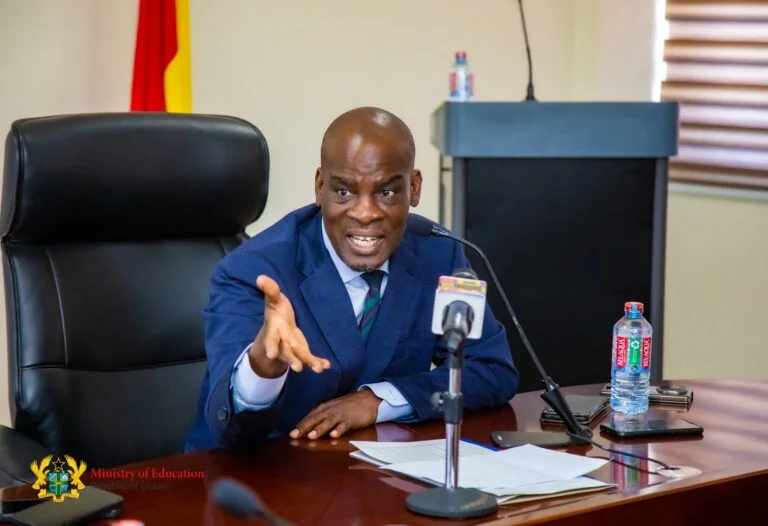
The Ministry of Education has announced that it will provide GH₵994 per student annually to support private senior high schools participating in the Free SHS programme beginning this academic year.
The pledge was made pubic during the signing of a Memorandum of Understanding (MoU) between the Ministry and the Conference of Heads of Private Second Cycle Schools (CHOPSS), marking the official inclusion of selected private SHSs in the government’s flagship education policy.
According to Education Minister Haruna Iddrisu, the initiative aims to absorb an estimated 25,000 students into private schools as part of efforts to phase out the double-track system in public senior high schools.
“The government is committed to providing a stipend to support students transitioning into private schools. That’s negotiable — we’ll continue discussions as we go along.”
“For a start, this is the commitment we are making to the Ghana National Council of Private Schools under this pilot inclusion of selected private schools in the Free SHS policy, as part of efforts to end double track.” Mr. Iddrisu said.
The arrangement applies initially to day students only, with the government paying the GH₵994 subsidy per student each academic year. Explaining the details, President of the Conference of Heads of Private Second Cycle Schools, I.K. Mensah, said parents who wish for their children to access boarding facilities at participating private schools will have to pay the difference in fees.
“Some private schools have different fee structures for boarders,” Mr. Mensah noted.
“If a student is placed as a day student but wants to stay in the boarding facility, the parent and the school will have to settle the difference. For example, if a school charges GH₵2,000, and the government pays GH₵994, the parent will top up the remaining GH₵1,006.”
He emphasized that the GH₵994 support applies only to day students under the pilot phase of the programme, pending future reviews and possible expansion. The inclusion of private schools in the Free SHS programme marks a significant step in government’s broader agenda to expand access to quality secondary education and reduce pressure on public school infrastructure.

